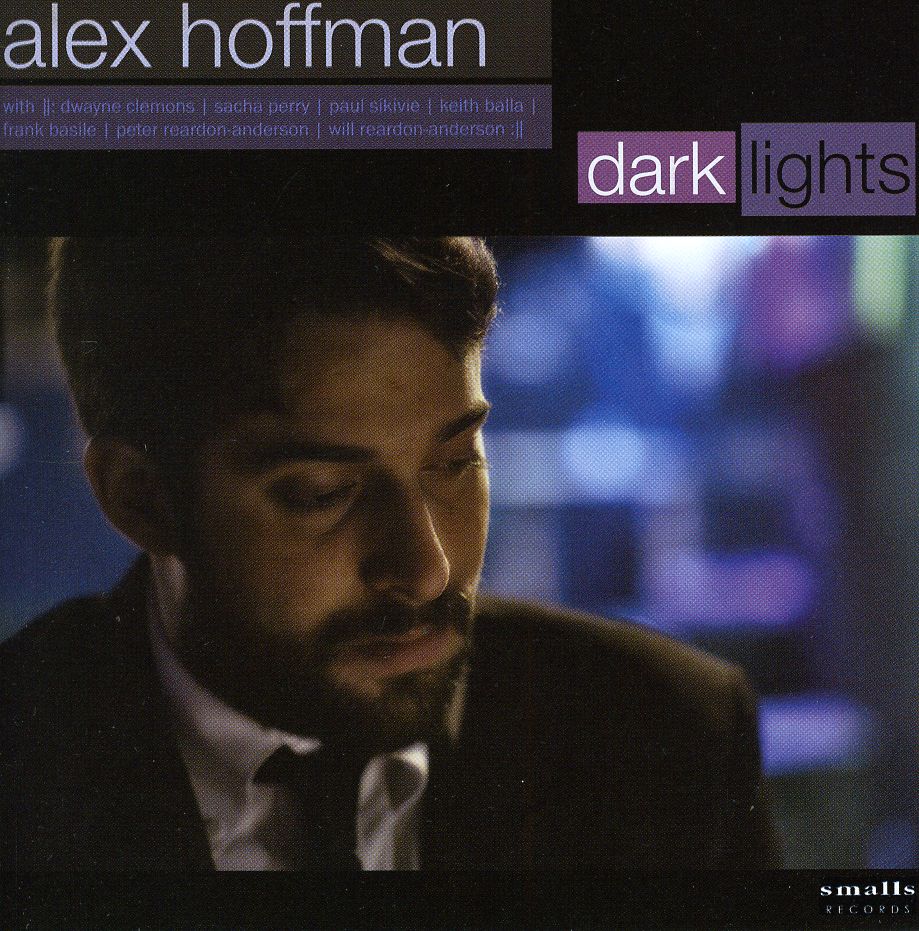
In Autism and Worship, Armand Léon van Ommen offers an in-depth analysis of the absence and ignoring of, but also the presence of, autistic people in worship. Van Ommen recounts the experiences of autistic people and considers how those experiences might reframe liturgical theology and the worship practices of the church. He identifies the "cult of normalcy" as the root of the marginalization of autistic people. Normalcy is boundary keeping, the protective set of dynamics that determines who belongs to the community and who is excluded. The answer to absence and ignoring is found in presence and availability, rooted in kenosis. Through the act of making himself available to humankind by becoming human, Christ participated in humanity. Believers are invited to participate in the life and prayer of Christ in turn and accordingly make themselves available to one another.
The new identity in Christ redefines what is deemed normal and redefines who is "in" or "out." Van Ommen argues that this redefinition results from a kenotic liturgical theology of availability. He illustrates this fresh vision by analyzing the Chapel of Christ Our Hope, a church in Singapore that is centered on autism and provides a paradigm for a renewal of Christian worship. Autism and Worship contributes to liturgical theology and the emerging field of autism theology as well as the practices of worshiping communities.







